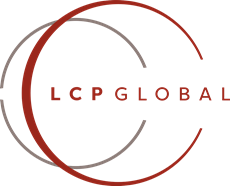Right Ladder. Right Wall
You may have heard about the person who spent their entire career climbing the corporate ladder only to discover their ladder was up against the wrong wall.
Though simple, this illustration highlights a profound question many of us wrestle with.
What ultimately motivates us?
Obviously career progression will, to some extent, motivate us. But so does making money and achieving success in whatever career we are in. Almost everybody desires these symbols of success.
But each of these things, on their own, aren’t enough. To use the illustration, these are all factors relating to how well we climb our ladder. They are not the deeper matters we need to consider when deciding which wall to place our ladder against.
Motivation is also a factor that impacts our career progress and how we earn our money and achieve career success. We will become more motivated if the ladder we are climbing is also taking us closer to where we want to be.
Our ladder has to be leant up against the right wall.
A 2010 meta-analysis of 92 studies, conducted over a 120-year period, by Timothy A Judge et al confirmed a very weak correlation between pay and job satisfaction — less than 2 percent in fact. The figure is similar across most cultures and even pay grades.
Motivation is a far more subtle factor than a job title or a paycheck.
For those of us who lead teams this is vitally important to understand. We will achieve more for our teams, and ourselves, if we understand our motivational drivers and have a deeper understanding of which symbols of success are most important, for both our self and the people we lead.
The good news is there are some excellent tools to help discern what those motivators may be.
A guided coaching process can deepen our understanding of our motivational drivers and put us in a far better position to help ourselves and, in turn, to assist others. It means we can leverage our strengths to better achieve our individual, and collective, goals.
Increased motivation will almost always lead to better individual and team performance — and that’s the real payoff.
It seems when our ladder is up against the right wall, we do an even better job of climbing it.
Guest blogger: Jeff Miller has worked in numerous CEO and executive roles and shares about the importance of relationships from his leadership experience in this short article. He is currently the CEO of the Civil Contractors Federation of Western Australia.
Related Content




Comments